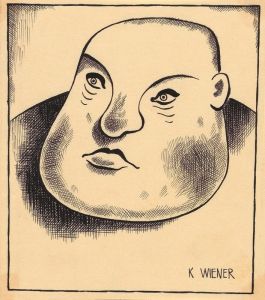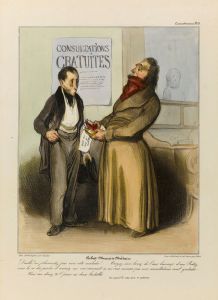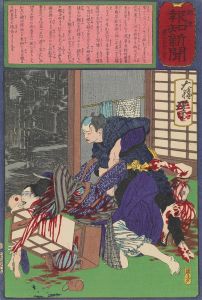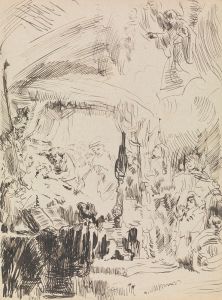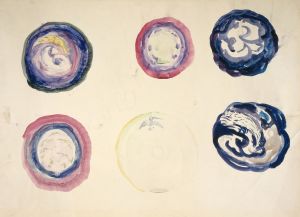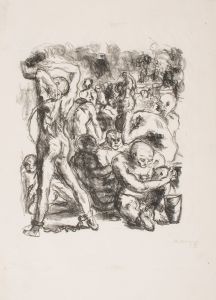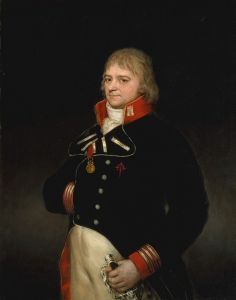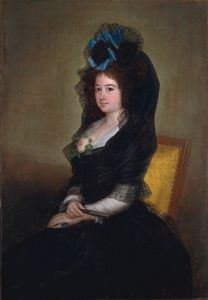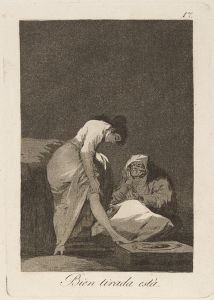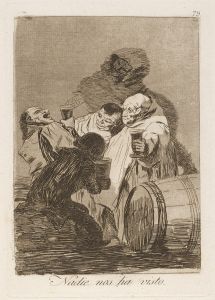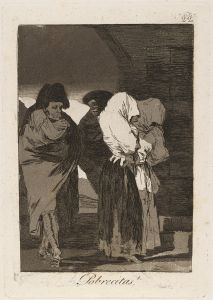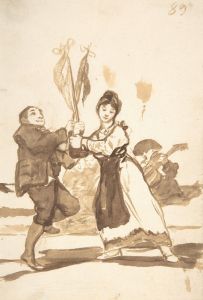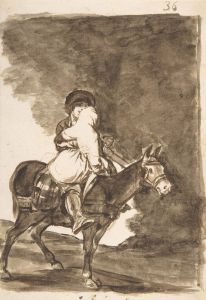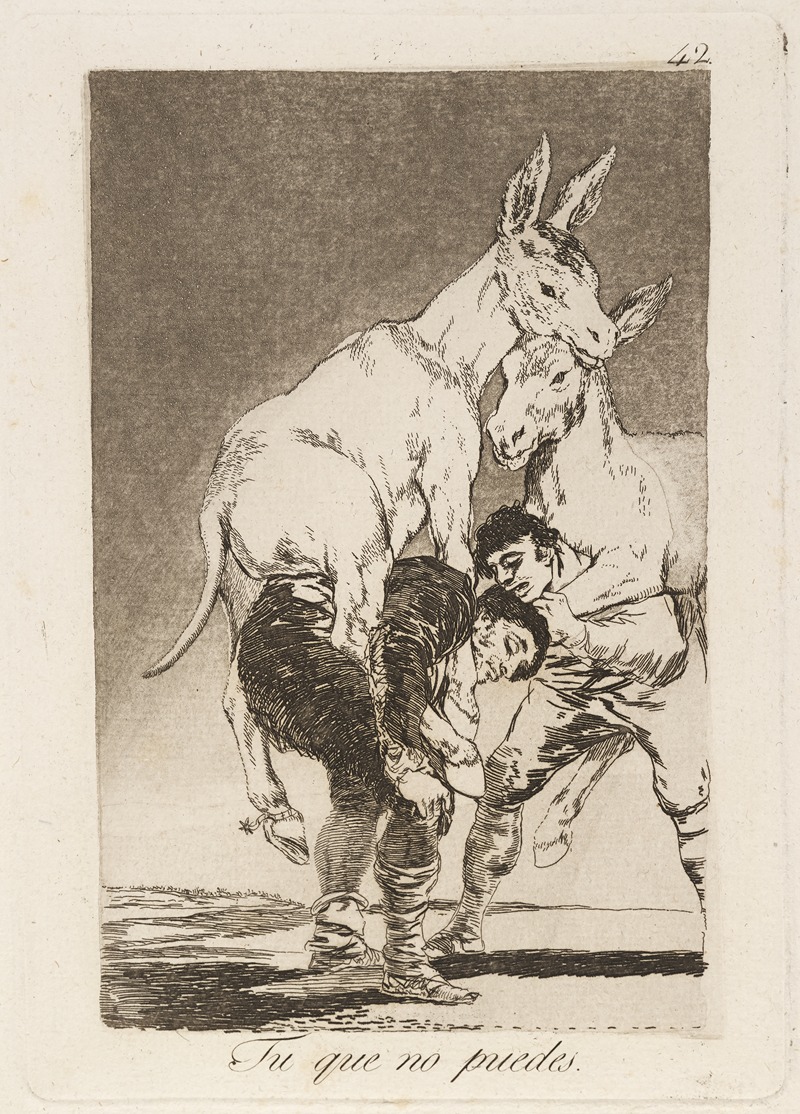
Tu que no puedes.
A hand-painted replica of Francisco de Goya’s masterpiece Tu que no puedes., meticulously crafted by professional artists to capture the true essence of the original. Each piece is created with museum-quality canvas and rare mineral pigments, carefully painted by experienced artists with delicate brushstrokes and rich, layered colors to perfectly recreate the texture of the original artwork. Unlike machine-printed reproductions, this hand-painted version brings the painting to life, infused with the artist’s emotions and skill in every stroke. Whether for personal collection or home decoration, it instantly elevates the artistic atmosphere of any space.
Francisco de Goya, one of Spain's most renowned painters, created a series of prints known as "Los Caprichos," which includes the piece titled "Tú que no puedes." This work is part of a larger collection of 80 aquatint prints published in 1799. "Los Caprichos" is widely regarded as a critical commentary on the social, political, and cultural issues of Goya's time, reflecting his sharp observations and often satirical take on the world around him.
"Tú que no puedes," which translates to "You who cannot," is print number 42 in the series. Like many of the works in "Los Caprichos," this piece employs a combination of etching and aquatint techniques, which Goya mastered to create rich textures and dramatic contrasts. The imagery in "Tú que no puedes" is emblematic of Goya's style during this period, characterized by its dark humor and critical perspective.
The print depicts a scene with two figures, one of whom is carrying the other on their back. The figure being carried appears to be a donkey, a common symbol in Goya's work representing ignorance or stubbornness. This imagery is often interpreted as a critique of societal structures, where those who are burdened or oppressed are forced to carry the weight of those who are ignorant or refuse to change. The use of animals, particularly donkeys, in Goya's work serves as a metaphor for human folly and the absurdity of certain social norms.
Goya's "Los Caprichos" series, including "Tú que no puedes," was initially met with mixed reactions. While some praised the artist's boldness and ingenuity, others were unsettled by the biting satire and the unflinching portrayal of human vice and folly. The series was eventually withdrawn from public sale, likely due to pressure from the Inquisition and the controversial nature of its content. Despite this, "Los Caprichos" has endured as a significant body of work, showcasing Goya's innovative approach to printmaking and his willingness to challenge the status quo.
Throughout his career, Goya was known for his ability to capture the complexities of human nature and society. His work often reflects the tumultuous period in which he lived, marked by political upheaval, social change, and personal challenges. "Tú que no puedes" is a testament to Goya's skill as an artist and his keen insight into the human condition. Today, the print remains an important piece of art history, studied for its technical mastery and its profound commentary on the human experience.
Goya's influence extends beyond his lifetime, impacting future generations of artists and thinkers. His work, including "Tú que no puedes," continues to be celebrated for its depth, its innovation, and its enduring relevance in discussions about art, society, and the human psyche.





